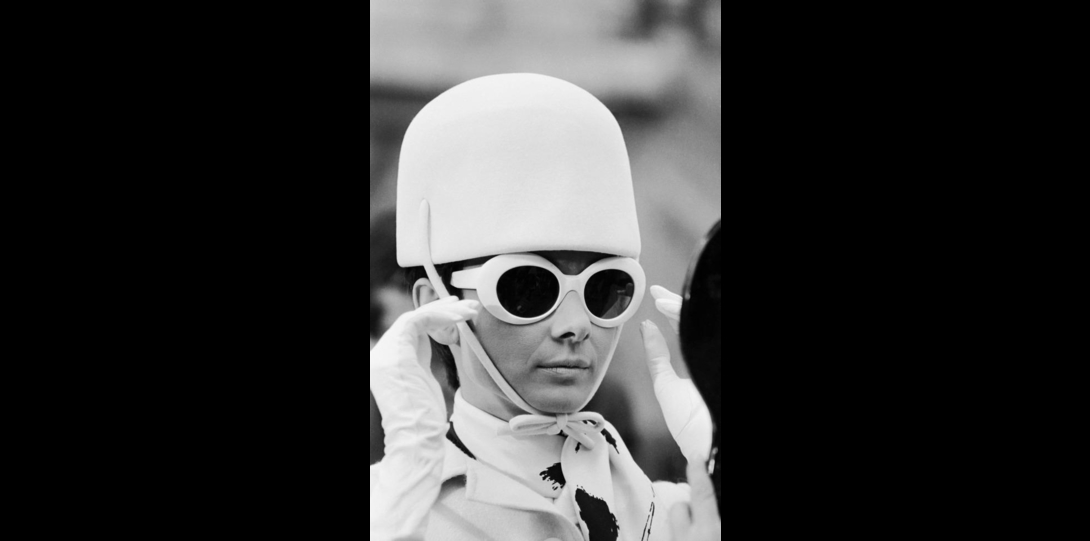Saying Goodbye: The Man Who Documented the 60s Through His Camera Lense

Terry O’Neill, Photographer to The Rolling Stones, The Beatles, David Bowie and More Passes At 81
Capturing a Revolution Heading link
Terry O’Neill was a British photographer born in the year 1938 in London. As a novice photographer in 1963, he was assigned to photograph The Beatles, who were, at the time, an up-and-coming band who ended up changing his career. He continued to focus his work on celebrities, and a ton of the imagery he captured through his career became iconic not only for those he captured but for the era as a whole. The photographer was known for being personable enough to earn trust from those he photographed, which was what ultimately allowed him to work closely over the years with the likes of Frank Sinatra, Audrey Hepburn, and Twiggy. His work has acted as the face of numerous rock albums, movie posters, and magazine covers, and he quite literally captured a revolution. Unfortunately, he lost his battle with prostate cancer and passed away in his home on November 19th, 2019.
In interviews, O’Neill emphasized that he wanted his photos to tell a story. He found most of the photography work done in his time to be boring and wanted to do something different. He was young for his profession and his counterparts were often decades his elder, which left him grateful for his opportunity and eager to put it to use. The photographer wanted to capture characters and individuals. Being a musician himself, and around the same age as most of the groups he photographed, he found it easy to connect and understand these people. At the time, being a photographer for a newspaper meant that you could provide those seeking publicity with just that- so naturally. That helped him gain several contacts in the industry.
O’Neill made a point not to get too close with those he photographed, as he saw it as counterproductive and somewhat distracting from his work. Maintaining his professional role as a photographer was important to him.
“I didn’t want to become part of the entourage because I wanted to keep my own opinion and unbiased eye on whatever I saw. That’s my game.”
He was a true perfectionist who was always able to find flaws in his own work, something he mentioned in interviews often. As someone who worked heavily alongside actors, musicians, and other celebrities, he’s noted that feelings like these are a common occurrence among artists of all respects.
“I don’t think any true artist is happy. In fact, I haven’t really met one. They all drive themselves mad along with me, so join the club.”








